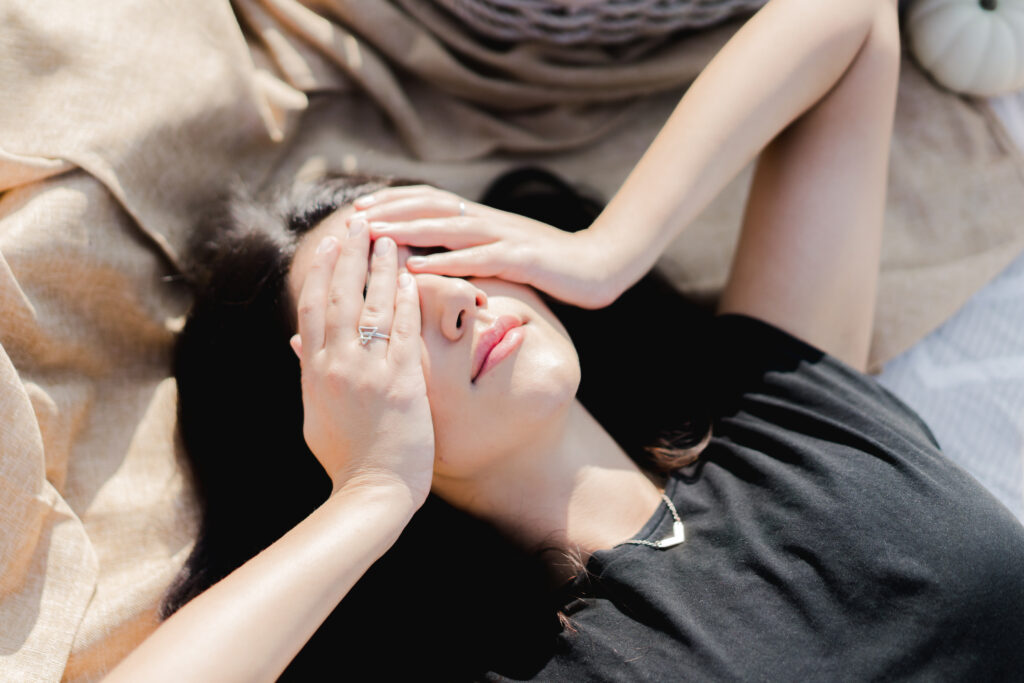Can Red Light Therapy Really Calm Eczema?

If you’ve been dealing with the frustrating cycle of eczema like flare-up, cream, flare-up, repeat – you’re definitely not alone. And if you’ve tried everything, including steroids and dietary changes or ever found yourself Googling late at night for something, anything, that might actually help, you’ve probably come across red light therapy.
So, let’s talk about it. Can eczema red light therapy really do what people say it does?
Short answer? It shows a lot of promise. And it’s not just trendy wellness hype, it’s backed by some pretty interesting research. Here’s what you need to know if you’ve got sensitive, reactive skin and are wondering if red LED for eczema could be worth trying.
How Red LED for Eczema Could Actually Help
Here’s where it gets interesting. Eczema is a chronic inflammatory condition, and red LED for eczema targets inflammation at a cellular level. That means instead of just soothing the surface (like most creams do), it aims to calm what’s happening underneath.
Studies have shown that red light therapy can:
- Reduce skin inflammation
- Promote cellular repair
- Boost collagen production (bonus!)
- Improve skin hydration
All of these are good news for eczema-prone skin. Especially if you’re someone who’s tried every moisturizer and still can’t get the redness or flaking under control.
What Is Red Light Therapy Exactly?
Let’s break it down. Red light therapy uses low-level wavelengths of light – typically in the red or near-infrared spectrum – to stimulate healing and reduce inflammation. It’s painless, non-invasive, and doesn’t involve UV rays (so no, it won’t tan or burn your skin). It’s mainly used for anti-ageing, evening out skin tone and boosting collagen production. It’s also used when working out regularly as we age to speed up recovery.
When it comes to eczema red light, the idea is that these wavelengths penetrate the skin and may help calm inflammation, repair the skin barrier, and reduce itching. Sounds pretty ideal, right?

What Real Users Are Saying
Plenty of women, especially in their 30s and 40s when skin starts to change and become drier, are now experimenting with eczema red light devices at home. And while it’s not a miracle cure, many report fewer flare-ups, less itching, and smoother skin over time.
One of the key takeaways? Consistency matters.
Red light therapy works best when used regularly (think a few times a week), and results tend to build gradually. But for a non-drug option with virtually no side effects, that’s a pretty fair trade.
Choosing a Red LED Device for Eczema
Not all devices are created equal. If you’re considering red LED for eczema, look for tools that:
✓ Use wavelengths between 620–850nm (sweet spot for skin benefits)
✓ Are FDA-cleared for safety
✓ Fit easily into your routine (handheld wands or panels work well for targeted treatment)
And if you’re ever unsure, it’s worth checking in with a dermatologist, especially if you’re managing more severe eczema!
The Catch?
Results for eczema red light therapy aren’t instant. And it might not work for everyone. But it can be an amazing addition to your current routine, not a replacement for it. Think of it as an extra layer of support your skin can benefit from, especially during flare-up season.
Also, make sure your expectations are realistic. This is about calming the condition, not erasing it entirely. And for a lot of women, that shift alone is enough to make day-to-day life feel a little more manageable.
Final Thoughts on Red LED for Eczema
There’s no one-size-fits-all fix for eczema, but it’s encouraging to see more options that don’t involve steroids or side effects. Red LED for eczema is gentle, science-backed, and easy to use at home – which makes it worth exploring if you’ve tried everything and still feel stuck.
At the very least, it offers a moment of calm—something your skin (and you) probably need more of.
So, is eczema red light therapy the magic answer? Maybe not. But it’s definitely part of a smarter, calmer, more sustainable approach to caring for skin that needs a little extra love.


